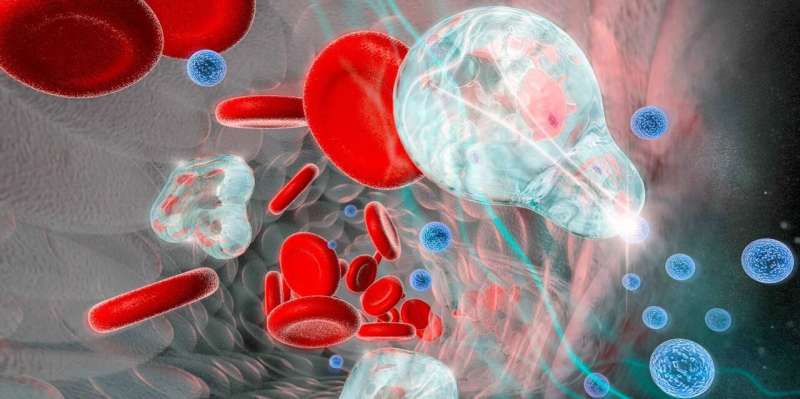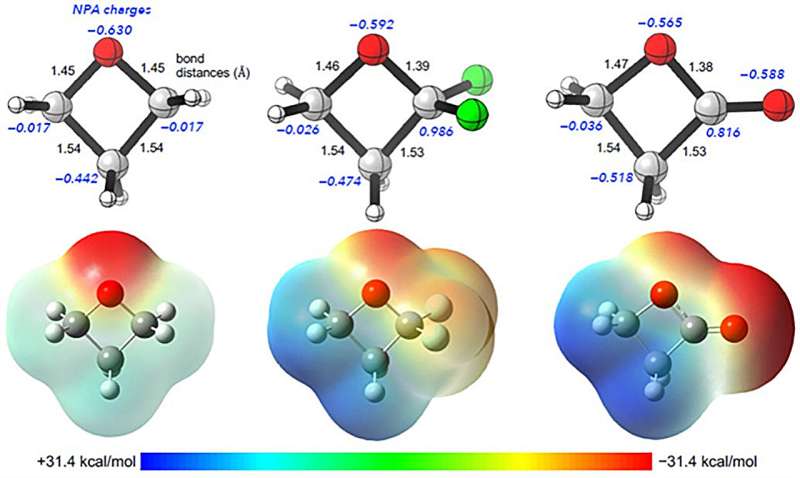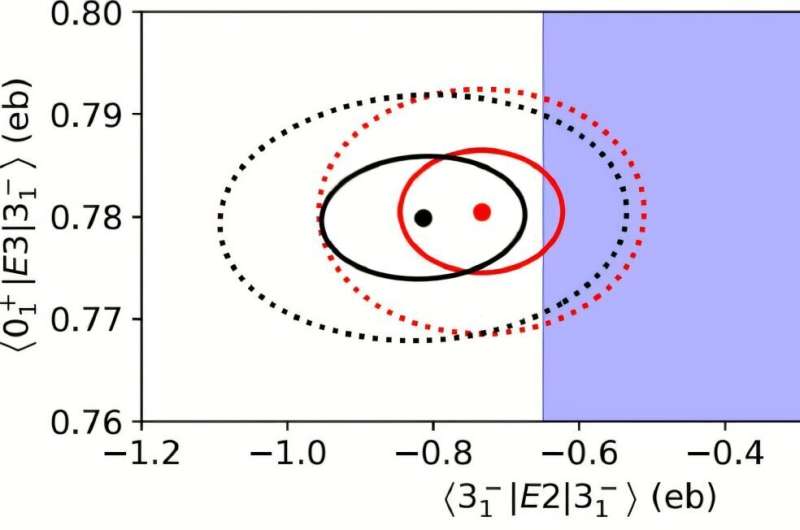Edit Content
Trending






An international research collaboration led by the University of Surrey’s Nuclear Physics Group has overturned the long-standing belief that the atomic nucleus of lead-208 (²⁰⁸Pb) is perfectly spherical. The discovery challenges fundamental assumptions about nuclear structure and has far-reaching implications for our understanding of how the heaviest elements are formed in the universe.
Lead-208 is exceptionally stable due to being a “doubly magic” nucleus—and is the heaviest that we know of. However, a new study published in Physical Review Letters used a high-precision experimental probe to examine its shape and found that rather than being perfectly spherical, the nucleus of lead-208 is slightly elongated, resembling a rugby ball (prolate spheroid).
Dr. Jack Henderson, principal investigator of the study from the University of Surrey’s School of Mathematics and Physics, said, “We were able to combine four separate measurements using the world’s most sensitive experimental equipment for this type of study, which is what allowed us to make this challenging observation. What we saw surprised us, demonstrating conclusively that lead-208 is not spherical, as one might naively assume. The findings directly challenge results from our colleagues in nuclear theory, presenting an exciting avenue for future research.”
Using the state-of-the-art GRETINA gamma-ray spectrometer at Argonne National Laboratory in Illinois, U.S., scientists bombarded lead atoms with high-speed particle beams accelerated to 10% of the speed of light—equivalent to circling the Earth every second. The interactions created unique gamma-ray fingerprints of the properties of excited quantum states in lead-208 nuclei—in other words, the nuclei were energized—which, in turn, were used to determine its shape.
Theoretical physicists, including those at the Surrey Nuclear Theory Group, are now re-examining the models used to describe atomic nuclei, as the experiments suggest that nuclear structure is far more complex than previously thought.
Professor Paul Stevenson, lead theorist on the study from the University of Surrey, said, “These highly sensitive experiments have shed new light on something we thought we understood very well, presenting us with the new challenge of understanding the reasons why. One possibility is that the vibrations of the lead-208 nucleus, when excited during the experiments, are less regular than previously assumed. We are now refining our theories further to determine whether these ideas are right.”
The study, which brought together a team of experts from leading nuclear physics research centers across Europe and North America, challenges fundamental principles of nuclear physics and opens new avenues for research into nuclear stability, astrophysics and quantum mechanics.
More information:
J. Henderson et al, Deformation and Collectivity in Doubly Magic 208Pb, Physical Review Letters (2025). DOI: 10.1103/PhysRevLett.134.062502
Provided by
University of Surrey
Citation:
Unexpected shape of lead-208 nucleus prompts reevaluation of atomic nuclei models (2025, February 22)
retrieved 22 February 2025
from https://phys.org/news/2025-02-unexpected-nucleus-prompts-reevaluation-atomic.html
This document is subject to copyright. Apart from any fair dealing for the purpose of private study or research, no
part may be reproduced without the written permission. The content is provided for information purposes only.
©2024. Livebuzznews. All Rights Reserved.